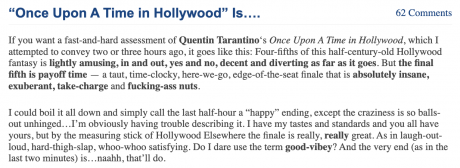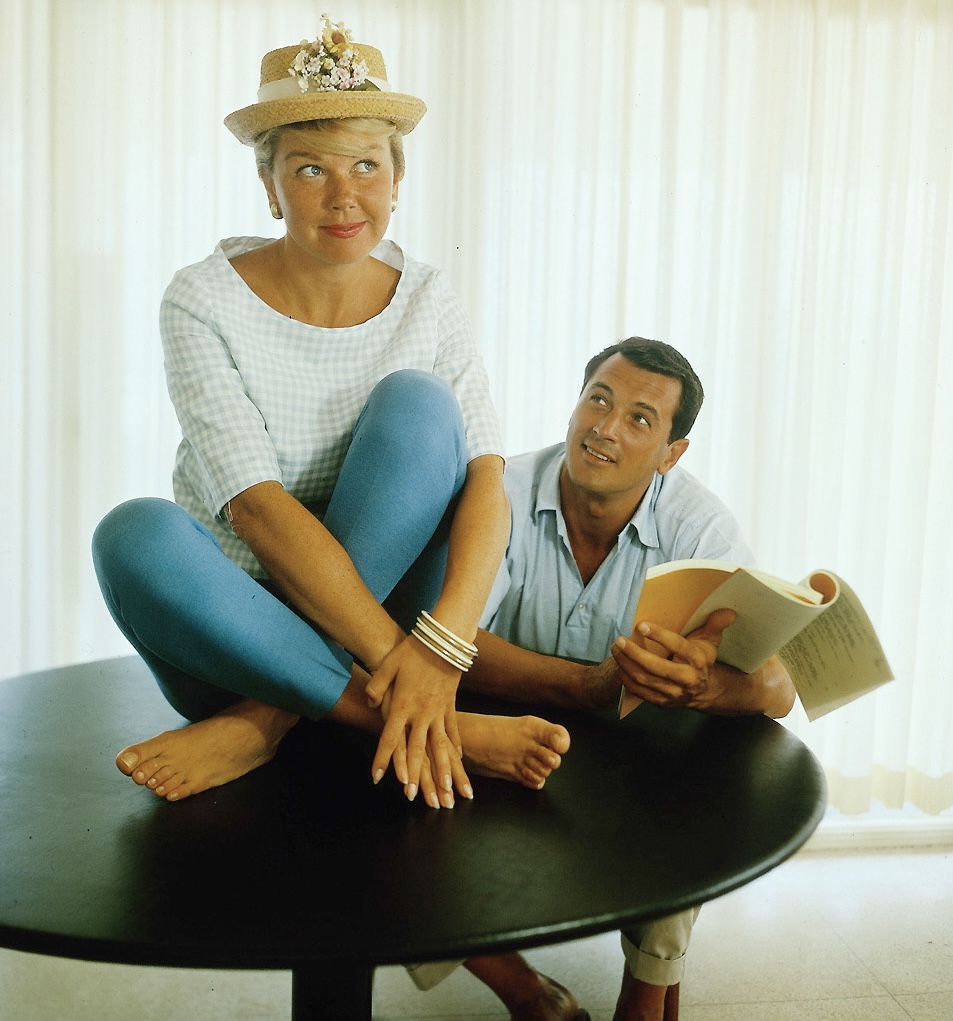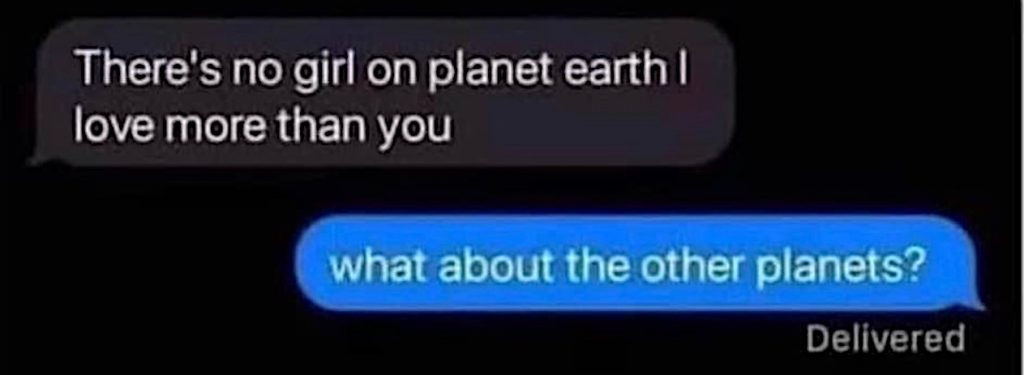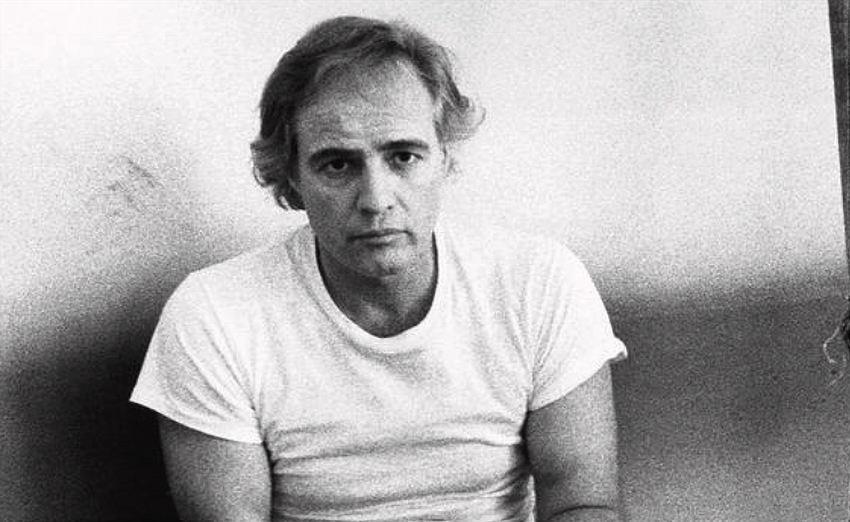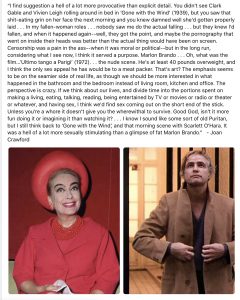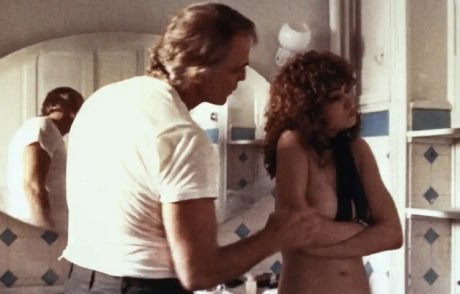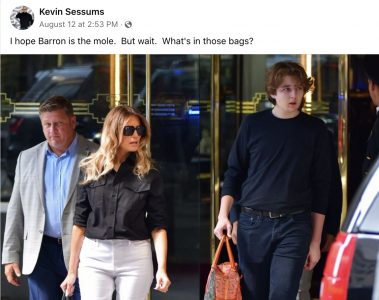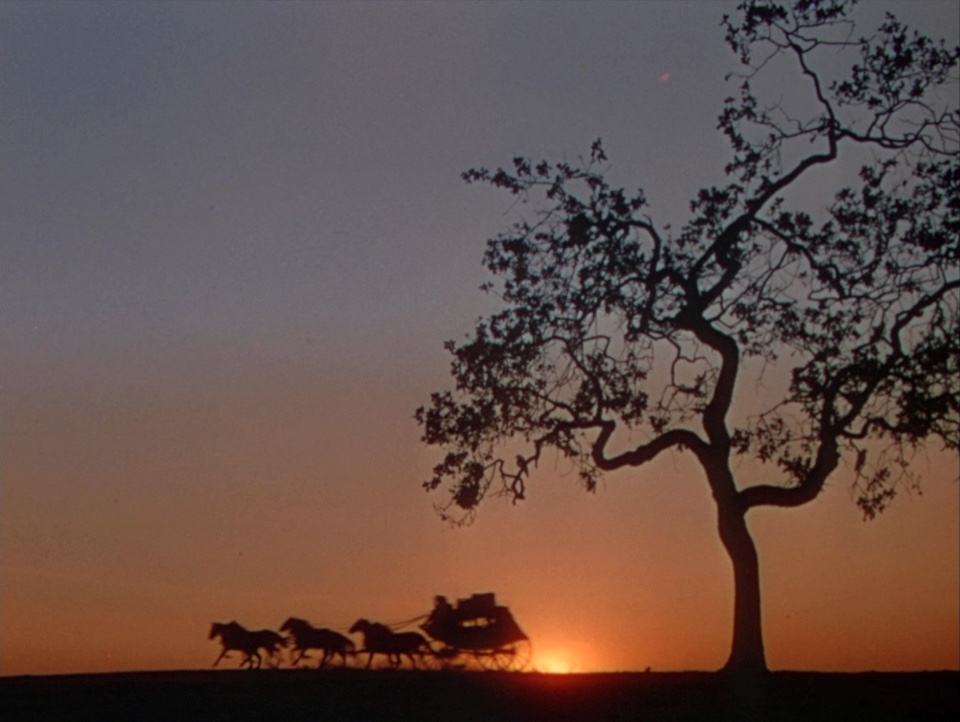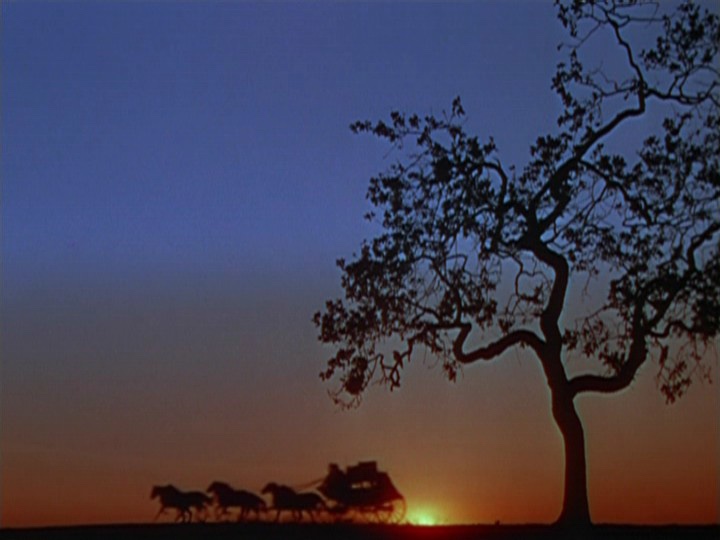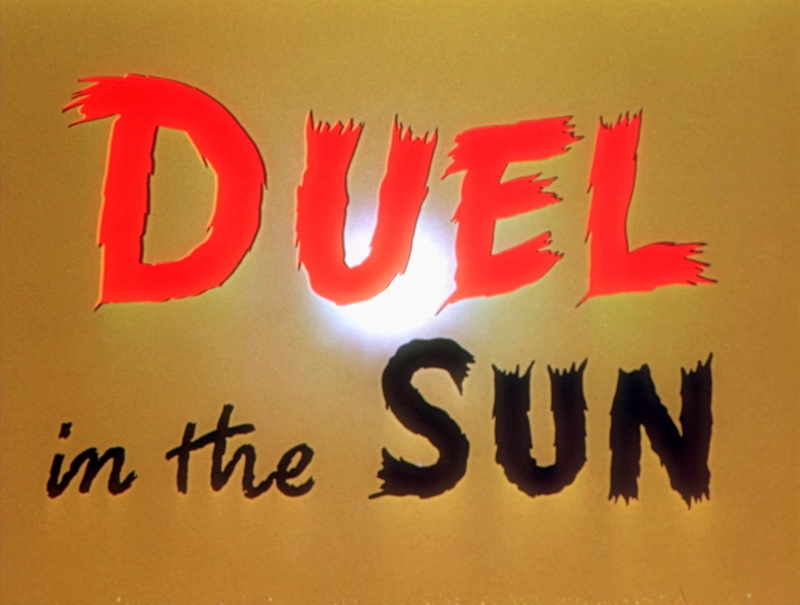One of the most barbaric and morally repellent scenes in war-movie history happens in Quentin Tarantino‘s Inglourious Basterds (’09).
I’m speaking of the baseball-bat murder of an anti-Semitic German soldier — Sergeant Werner Rachtman (Richard Sammel) — by Sergeant Donny Donowitz aka “The Bear Jew” (Eli Roth).
Rachtman isn’t murdered for his racist beliefs, mind, but for refusing to betray his fellow German soldiers by helping the Americans to capture or kill them.
I’m sorry but it my book a soldier who refuses to help the enemy slaughter his comrades, even at the cost of his own life and even if he harbors ugly and inhuman attitudes, is honorable.
Originally posted on 8.24.09: The moral scheme in Inglourious Basterds decrees that German troops were serving an evil criminal regime and therefore THEY, the troops, were evil and criminal as well as viciously anti-Semitic, so snuff ’em out like rats. Shoot ’em, club ’em, exterminate ’em.
IGB is basically a table-turning game in which Tarantino decided to have fun by letting Germans suffer en masse the way Jews suffered en masse at the hands of the SS and other Nazi command types who carried out the Holocaust.
Consider looking at this situation from the other side of the coin.
It is still shocking news to some ostrich-heads out there that Americans were the bad guys in the Vietnam War (i.e., a great industrial nation coming down full-force upon a peasant society and calling out the furies). By this token the troops who served this policy were bad guys as well, or even, if you want to really fulminate and get angry about it, just as bad as average German grunts were “bad” for serving their side during WWII.
Except grunts are grunts. They don’t formulate policy. They sign up and go through basic training and shoot the enemy and try to survive so they can come back to their families. And yet by the standards of some, U.S. grunts serving in Vietnam were okay and just trying to get through the Vietnam War — regular guys, one of us, etc.
German grunts, on the other hand, were evil and deserved to be slaughtered with baseball bats.
What myopic idiocy!
IGB is playing a facile, cheap and repugnant game. Two vicious wrongs really don’t make a right, guys. And by relishing the idea of slaughtering average-Joe Germans — by revelling in their elimination like cheering baseball fans in the bleachers — Tarantino degrades the morality of Jewish survivors…indeed, the moral residue of the entire horrific Holocaust experience.


